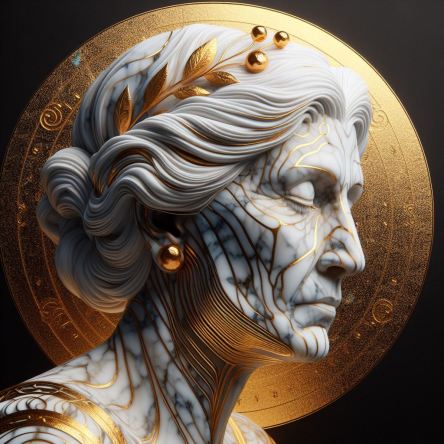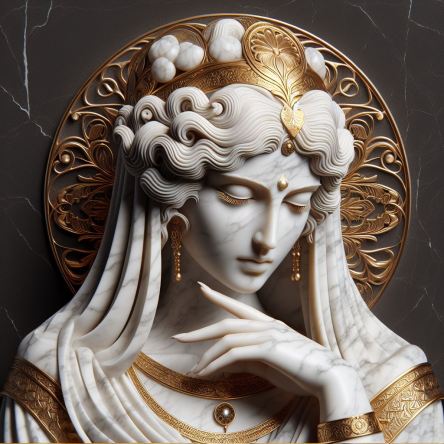Love and Marriage of Berenice, the Youthful Queen of Cyrene
Shortly after his marriage, the King received word of imminent danger to his sister. In return for his safety as his marched to Syria to save his sister’s life, his loving wife promised to sacrifice a lock of her hair in return for his safety. Upon his return from the campaign, a lock of hair from the Queen’s head was cut and dedicated to the gods, only to disappear by the following day. Later, the court astronomer Conon then announced that he had discovered the lock in the night. To this day, the constellation is called Coma Berenices (“Berenice’s Lock”).











